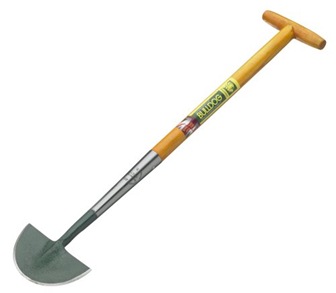Review by Michael Smith (Veshengro), RFA
Woodlands
by Oliver Rackham
480 pages, hardback, 23.6 x 15.6 x 4.8 cm
Published by Collins as a New edition March 4, 2010)
ISBN: 978-0007315147
‘Trees are wildlife just as deer or primroses are wildlife. Each species has its own agenda and its own interactions with human activities …’
Written by one of Britain’s best-known naturalists, Woodlands offers a fascinating new insight into the trees of the British landscape that have filled us with awe and inspiration throughout the centuries.
Looking at such diverse evidence as the woods used in buildings and ships, and how woodland has been portrayed in pictures and photographs, Rackham traces British woodland through the ages, from the evolution of wildwood, through man’s effect on the landscape, modern forestry and its legacy, and recent conservation efforts and their effects.
In his lively and thoroughly engaging style, Rackham explores woodlands and their history, through names, surveys, mapping and legal documents, archeology, photographs and works of art, thus offering an utterly compelling insight into British woodlands and how they have come to shape a national obsession.
Oliver Rackham has been a great champion for real woods and against the endless postwar conifer plantations – a campaign now largely won. Here he is writing not as a conservationist, but simply to share his prodigious knowledge of woods and trees with the reader.
Rackman, as far as I can ascertain, really knows his subject as regards to woodlands and woodland management and it is refreshing to see and be able to read material such as this.
When the Woodland Trust, however, waffles in their review of the book about restoration of ancient woods and creation of new woods is vital to creating a countryside which is more sympathetic to woodland wildlife, and which delivers benefits to society I would like them to actually show me the “ancient woodlands” that they are referring to.
There are no woodlands in Britain that have never been touched by the hand of man and it is the stupidity of statements such as that that currently may lose us 1,000s of coppice trees in the West Country that are about a millennium old.
Many misguided people have caused working of those woods to stop “ because of the need to restore those to ancient woodlands” not considering the fact that those woodlands had been working coppice woods for the last two thousand years or more.
We must work the woods once again and use them as a renewable resource and not as something just to sit there.
A younger growing tree is more beneficial as carbon sequester too that is an ancient one and with proper renewal such woodlands will reproduce for millenniums to come. Time everyone, and especially the self-proclaimed experts and advocates of the “ancient woodland” began to understand that.
Leaving dead wood on the forest floor is doing no one good either. The so-called habitat piles are – in reality – nothing but bad forestry practice and lead to fire ladders, harbor diseases and the decaying wood not just releases the CO2 the tree had stored during its lifetime but also the much more dangerous greenhouse gas of methane.
Much, much better to actually make the wood into something, especially by means of woodland crafts, from the bodger to other users. Even using that wood that cannot be used for crafts and industry as firewood is better than having it rot down out there in the forest.
Far too long have we allowed our woodland workers to die a slow death. It is time that we, once again, supported them and their products and also encouraged new life into the woodlands by bringing in young people to learn the crafts and skills that, in the not too distant future will once again be as needed as they were before the Second World War.
© 2011


